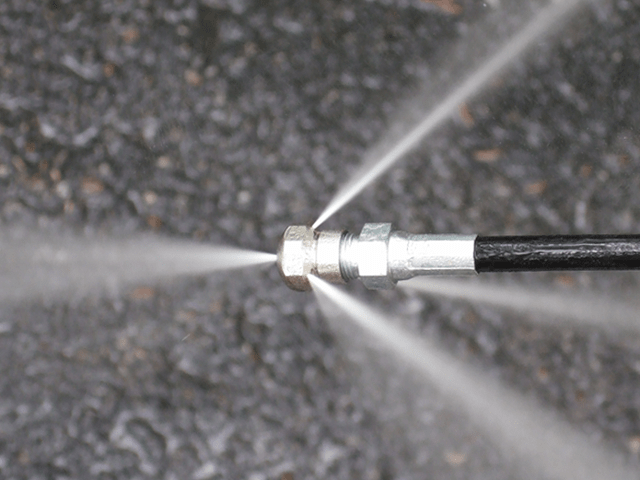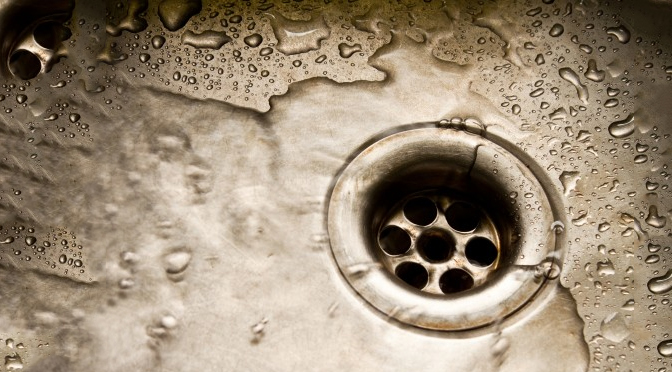Efficient Plumbing Winterization Techniques to Avoid Pipe Bursts in Chilly Conditions
Efficient Plumbing Winterization Techniques to Avoid Pipe Bursts in Chilly Conditions
Blog Article
Just how do you really feel on the subject of Prevent Freezing and Bursting Pipes?

All house owners that live in temperate climates have to do their ideal to winterize their pipes. Failure to do so can lead to disaster like icy, split, or burst pipes.
Attempt a Hair Clothes Dryer or Warmth Gun
When your pipes are virtually freezing, your reliable hair clothes dryer or warmth gun is a blessing. If the hot towels do not assist displace any type of settling ice in your pipes, bowling hot air directly into them might aid. You might finish up destructive your pipes while trying to melt the ice.
Open Up Cupboard Doors Hiding Plumbing
It would be useful to open up cabinet doors that are camouflaging your pipes when it's cold outside. For instance, they could be someplace in your kitchen area or shower room. This will permit the cozy air from your heater to flow there. Consequently, you prevent these subjected pipelines from cold. Doing this small trick can keep your pipelines warm as well as restrict the possibly dangerous end results of freezing temperature levels.
Take Time to Wrap Exposed Piping
One very easy and also great hack to heat up frigid pipelines is to wrap them with cozy towels. You can cover them initially with towels. After protecting them in position, you can put boiling water on the towels. Do it gradually to allow the towels soak up the liquid. You can likewise utilize pre-soaked towels in hot water, just don't forget to put on safety gloves to protect your hands from the heat.
Turn On the Faucets
When the temperature decreases and it seems as if the icy temperature will last, it will aid to transform on your water both indoors as well as outdoors. This will keep the water moving through your plumbing systems. You'll finish up wasting gallons of water this means.
Shut Off Water When Pipelines are Frozen
Shut off the major water shutoff promptly if you notice that your pipelines are totally icy or almost nearing that phase. You will typically find this in your cellar or utility room near the heater or the front wall surface closest to the street. Transform it off right now to stop further damage.
Don't forget to close external water resources, too, such as your connection for the yard home. Doing this will stop additional water from filling your plumbing system. With more water, more ice will certainly pile up, which will at some point lead to burst pipelines. If you are not sure regarding the state of your pipes this winter season, it is best to call a specialist plumber for an assessment. Taking this positive approach can conserve you countless bucks out of commission.
All house owners that live in warm environments have to do their best to winterize their pipes. Failing to do so can mean catastrophe like icy, cracked, or burst pipes. If the hot towels do not help remove any working out ice in your pipes, bowling hot air straight into them may help. Transform off the major water valve immediately if you notice that your pipelines are completely frozen or nearly nearing that phase. With even more water, even more ice will pile up, which will ultimately lead to burst pipes.
PREVENT YOUR PIPES FROM FREEZING THIS WINTER
A Leading Cause of Property Damage
When the weather is taking a deep nose dive into the cold dreary days, the risk of your pipes freezing and potentially bursting skyrockets. Unfortunately, during these cold dreary months, burst pipes are the most common denominator for property damage. The pipes that are most at the risk are those that are in areas where it is most cold in your home. For instance, pipes located in interior places such as basements, attics, and your garage. Unfortunately, that doesn’t mean that the pipes running through your cabinets or exterior walls can’t freeze. Good news, however, is that you can do things to help prevent pipes from freezing.
How to Prevent Pipes From Freezing
Once the temperature starts to drop during the winter, you should be taking the proper measures needed to ensure that your pipes stay warm and that there is circulation of water through them. Some steps that experts may recommend could go against your better judgement when it comes to saving water and heat. However, it would go without saying that when expenses are compared, damaged pipes could put a bigger dent in your wallet than a water bill.
What Can I Do?
Keep your garage door closed. This is very important, especially if you have water supply lines running through your garage. Open your kitchen and bathroom cabinets to allow warm air to circulate through them. Allow air circulation throughout your home. Keeping the interior doors open will once again allow the warm air to circulate inside your home. Ensure your thermostat is running the same temperature throughout the night and day. If you plan to be away from home during the cold months, set your temperature no lower than 55° F. This should provide enough heat to keep the pipes warm and prevent any remaining water inside the pipes from freezing. For more of a long-term solution, add insulation to attics, basement, and other crawl spaces around your home. By allowing your faucet to drip, it will alleviate pressure in the system. This is important because the pressure that is created between the blockage and the faucet can potentially cause the pipes to burst. Allowing the faucet to drip will prevent the pressure from building up, therefore keeping the pipes from bursting. Seal any cracks, openings, and crawl spaces around your home to prevent cold air from coming inside. This keeps your pipes-not to mention your home-warmer and less susceptible to issues caused by freezing temperatures. For the pipes in your home that are easily accessible, applying electrical tape to them might prevent them from freezing over. This is a quick fix, as you can apply the tape directly to the pipe. There are two options for heating tapes. One turns on and off by itself when it senses heat is needed. The other type of heating tape needs to be applied when heat is needed and removed when not necessary. If you have exposed pipes in your home, you can check this website to take a look at a few options that would be available at a shop near you.

As a passionate reader on Prevent Freezing and Bursting Pipes, I assumed sharing that piece of content was appropriate. Sharing is nice. Helping others is fun. Thanks for going through it.
Expert care? Call. Report this page